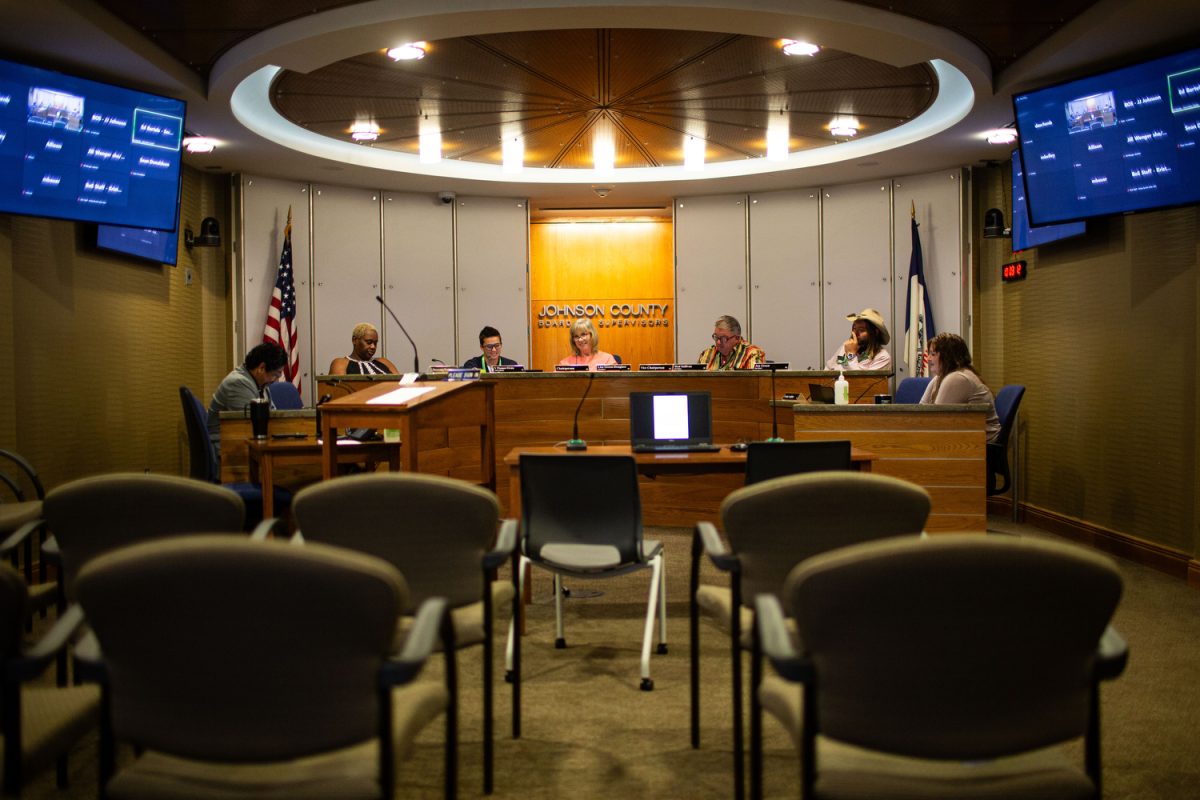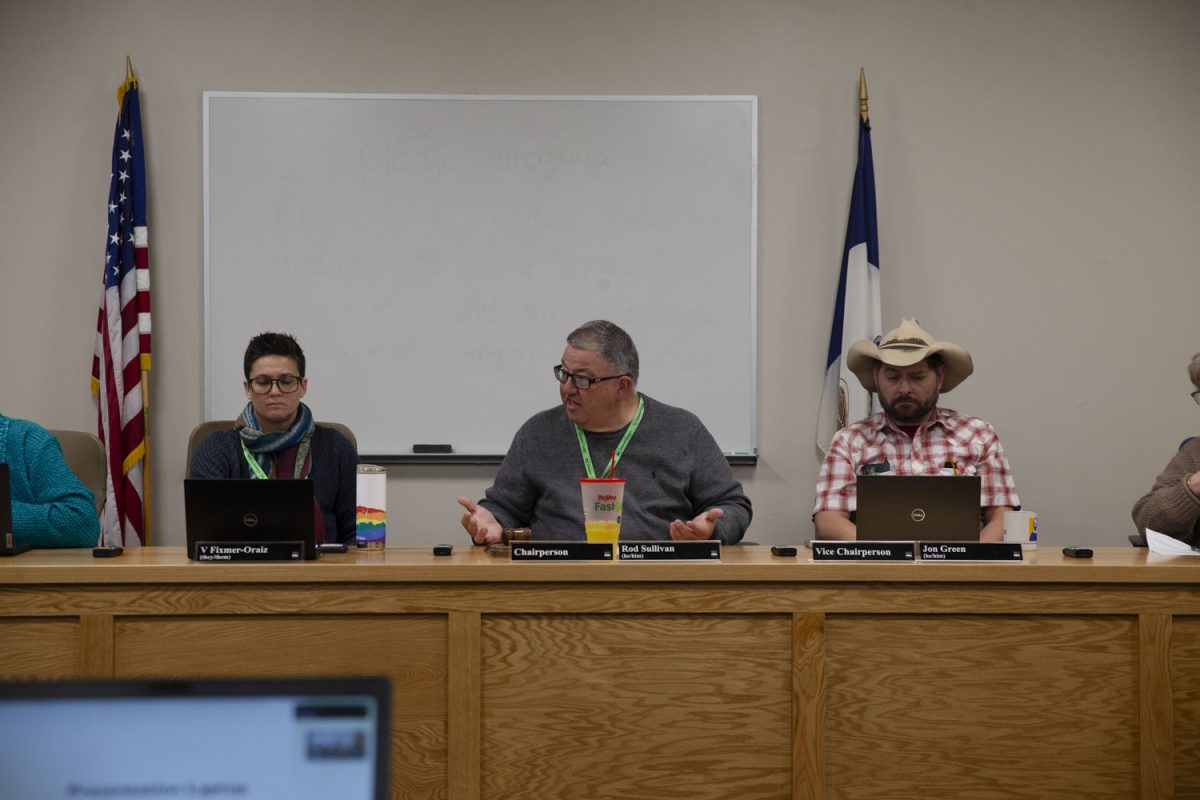Though they don’t yet have the blueprint, University of Iowa officials know that within the next five years, they want each incoming freshman’s home to be among a group of like-minded peers.
Those groups, arranged in residence halls according to interests, are the crux of what UI administrators call “living-learning communities.”
They don’t know how many they’ll need to incorporate every freshman, but they know, even beginning as soon as next fall, they’ll expand their efforts — another move to improve the university’s retention rate.
“We’ve made strides in the last year,” said Beth Ingram, the UI associate provost for undergraduate education. She said UI Provost Wallace Loh has made undergraduate education a priority, and added that the learning communities are “a big piece of that.”
Next year, officials will add four more communities: Sustainability, Career Leadership Academy, Hispanic Culture and Language, Legal Study and Legal Careers. They’ll also drop two: Justice and Diversity and Community Engagement. The Health Sciences Community will also double from 82 to 164 students. That will bring the total of communities offered to 14, the largest of which currently houses 200 Honors student in Daum. The average size is 70 to 80 students.
Numbers from this academic year and next show growing interest.
This past year, the UI received around 1,550 living-learning community requests and filled more than 1,000 of them.
For next year, 1,800 students put in requests, but the university will likely only place 1,300 of them.
The communities also may help combat the university’s binge-drinking issue, officials said, by creating connections between members.
“When people form communities, they’re more likely to protect themselves and others,” Ingram said. “The communities take responsibility.”
Research indicates these communities are beneficial to participants and the universities where they function — increasing students’ GPAs, retention, and overall experience.
A 2003 study by Martha Stassen of the University of Massachussets-Amherst showed the communities, even those that were less coordinated and had less faculty involvement, achieved those goals.
The only cost of starting and maintaining a community comes from the salary of the graduate assistant who oversees its academic activities. These graduate assistants work 10 hours a week and earn approximately $10,000 a year. Officials estimated the total yearly cost of the program is currently $155,000.
The UI has looked to Iowa State University, which has 21 communities, as a model of using the living arrangements to improve undergraduate retention. In the Big Ten, Ohio State University boasts 24 living-learning communities, according to its website. Penn State’s website lists 19 “special living options.”
“We have to make sure the university is being intentional,” said Heather Ockenfels, a manager of Residence Life. “We’re, in a sense, playing catch up to some of our Big Ten colleagues. We’re not doing it in a vacuum. There’s great collaboration.”
UI freshman Ben McFarlane, who lives in the Iowa Writers Community, said he thinks the increased educational component is a “great idea.”
“I think the next step after you get all these people together is to provide them with resources to succeed in their area,” he said.






